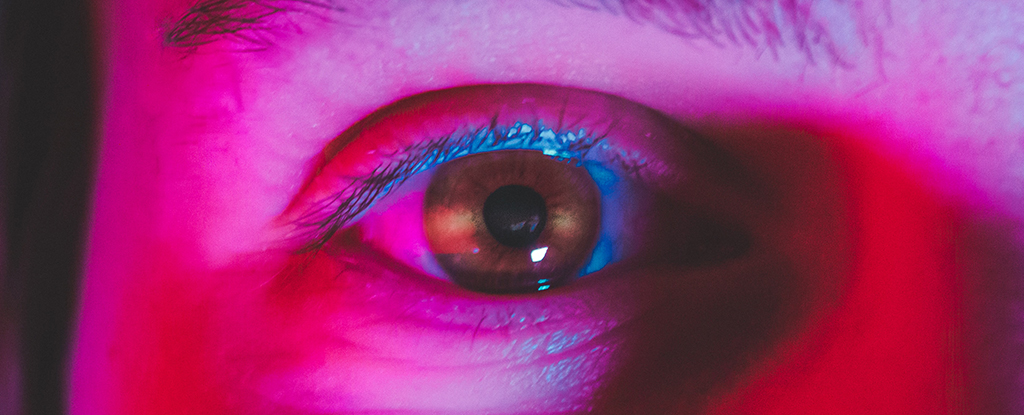Patient M was a man who had a unique perspective on the world. People and objects appeared to be coming from the opposite side to where they actually were, something that extended to his hearing and sense of touch too. He could read letters and numbers printed both normally and back-to-front, without his brain being able to see any difference between the two. The world could also appear upside-down to Patient M, as well as backwards. Patient M was also able to read the time on a wristwatch from any angle. However, it’s reported that Patient M dealt with all of this quite calmly. He also experienced seeing colors unstuck from their objects, objects appearing in triplicate, and color-blindness.
A Pioneering Study on Brain Dynamics
Patient M was studied for nearly 50 years by Spanish neuroscientist Justo Gonzalo. His analysis led to a significant shift in how we see the brain. During the 1940s, Gonzalo proposed that the brain was not a collection of distinct sections, but instead has its various functions distributed in gradients across the organ. In studying Patient M and others with brain injuries, Gonzalo proposed that the effects of brain damage depended on the size and position of the injury. He also showed that these injuries don’t destroy specific functions, but affect the balance of a variety of functions – as was the case with Patient M. Gonzalo identified three syndromes: central (disruptions across multiple senses), paracentral (like central, but with effects that aren’t evenly distributed), and marginal (affecting brain pathways for specific senses).
It was pioneering work based on an incredible case, but it’s not as well known as it should be. Now, Gonzalo’s daughter, Isabel Gonzalo-Fonrodona, has worked with neuropsychologist Alberto García Molina on the new paper, outlining the research involving Patient M. Single case studies have taught us about brain function for hundreds of years, providing a valuable alternative source of scientific evidence to the meta-analyses and large clinical trials of today. That ideas about the brain similar to Gonzalo’s remain prominent is evidence that he was onto something in his interpretation of Patient M’s injuries and backwards vision.



Leave a Reply